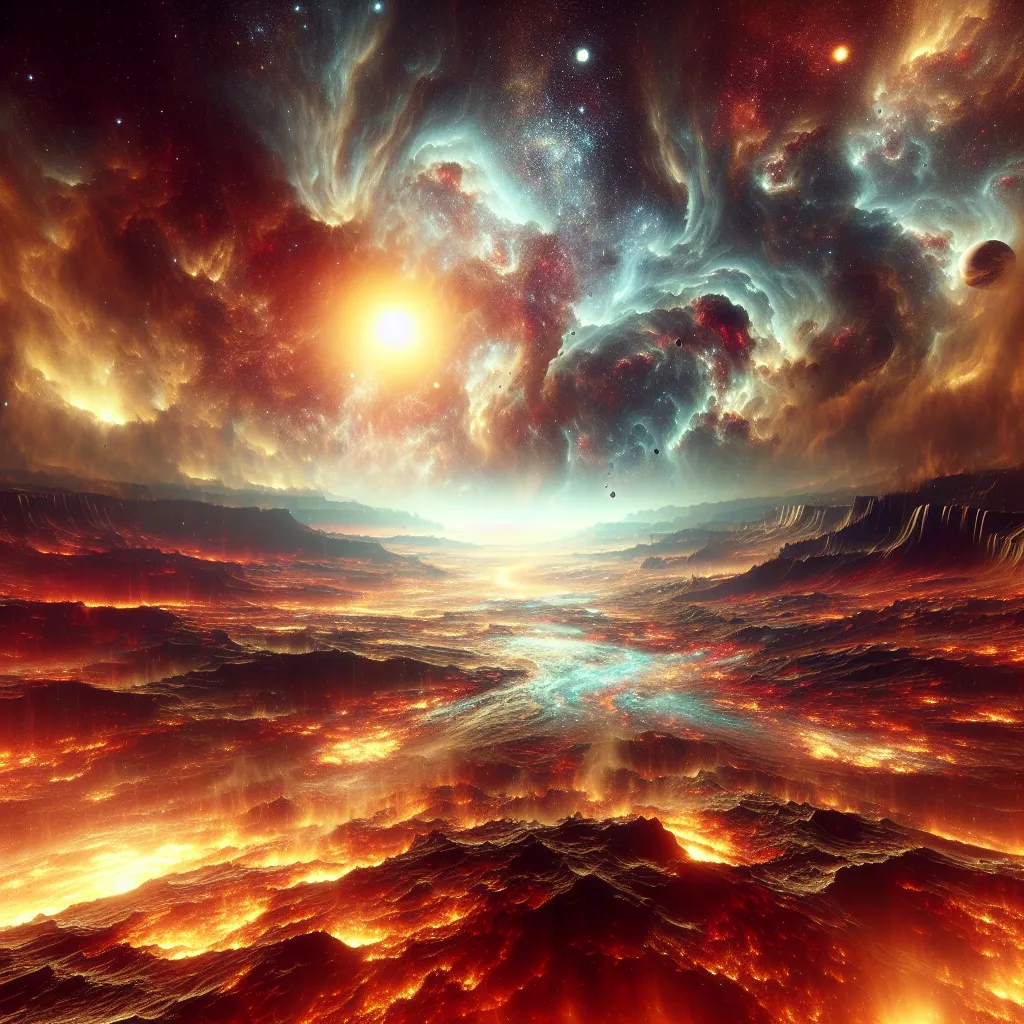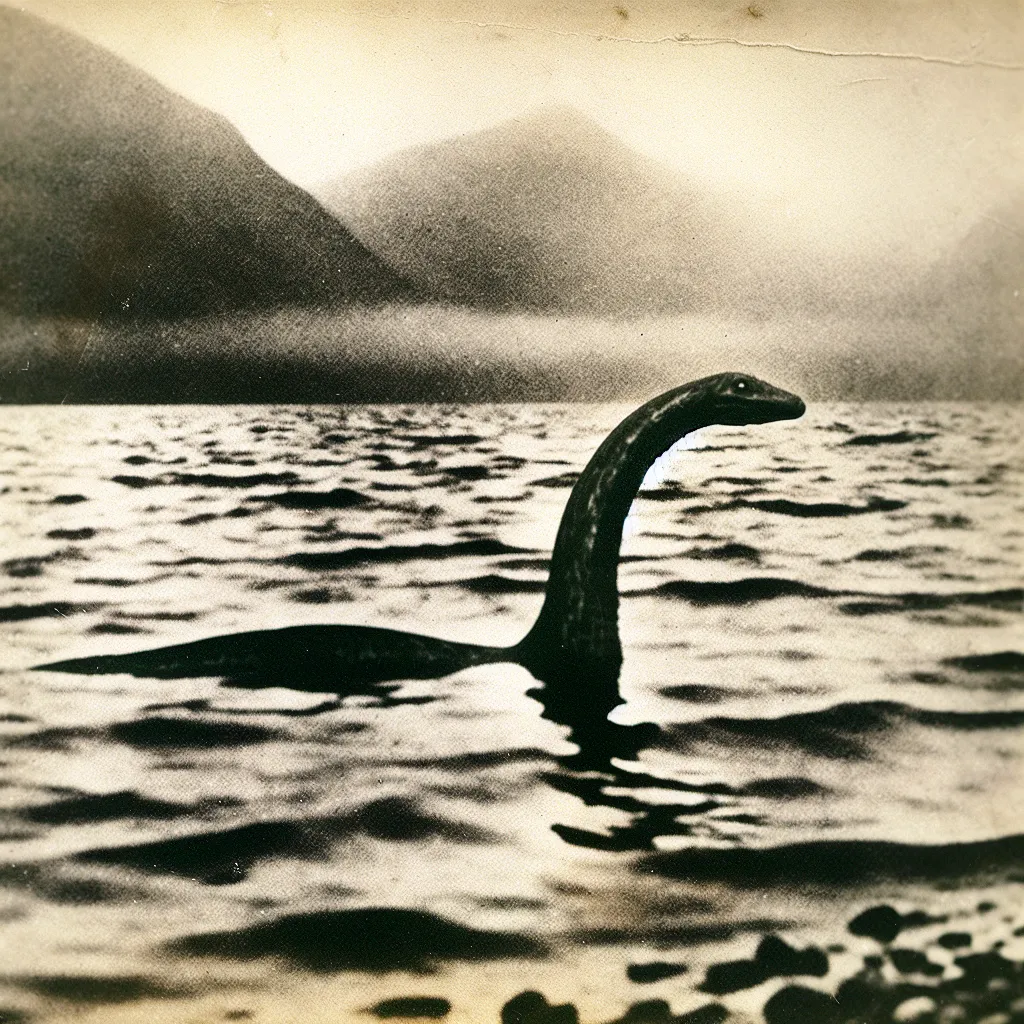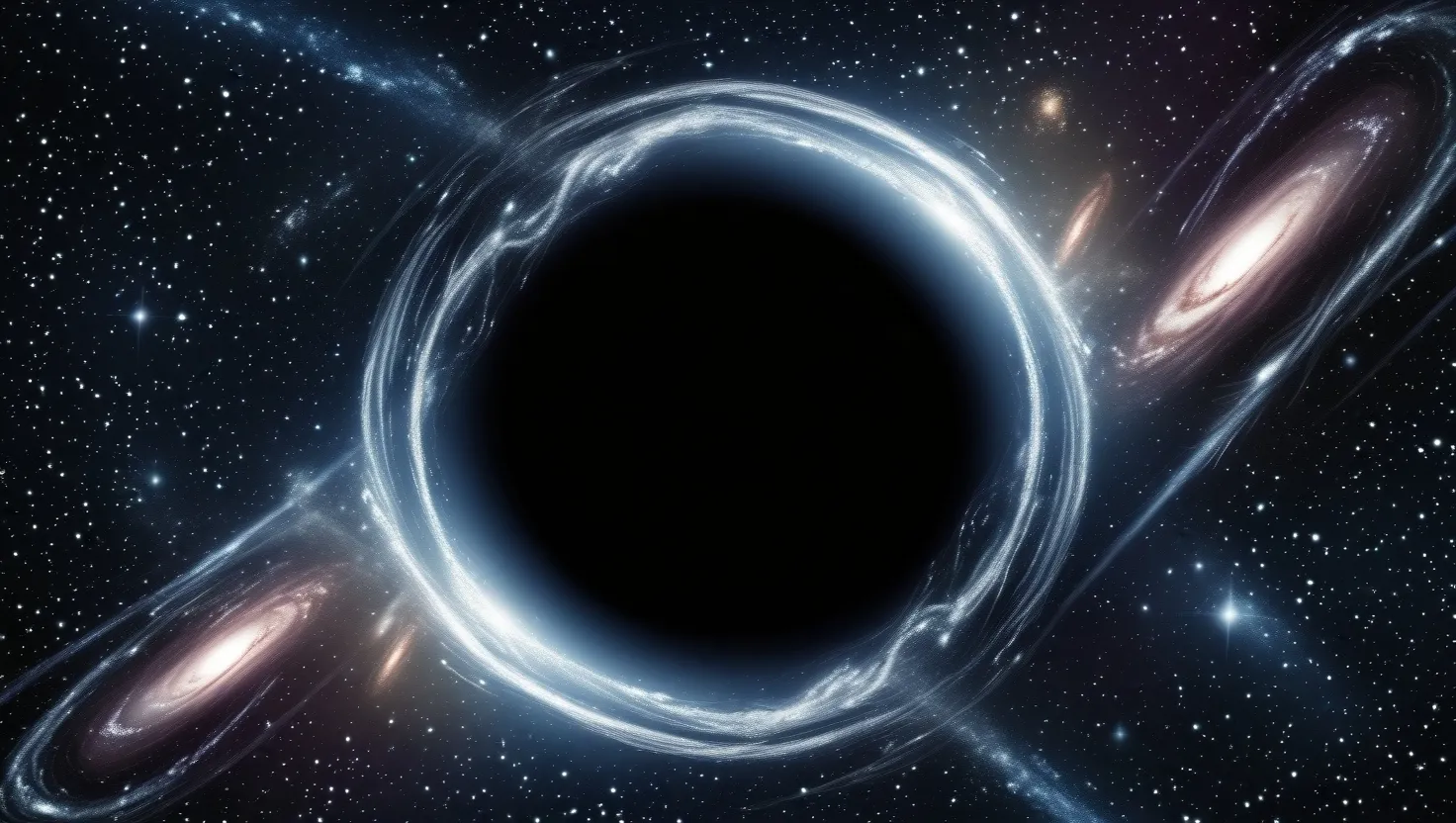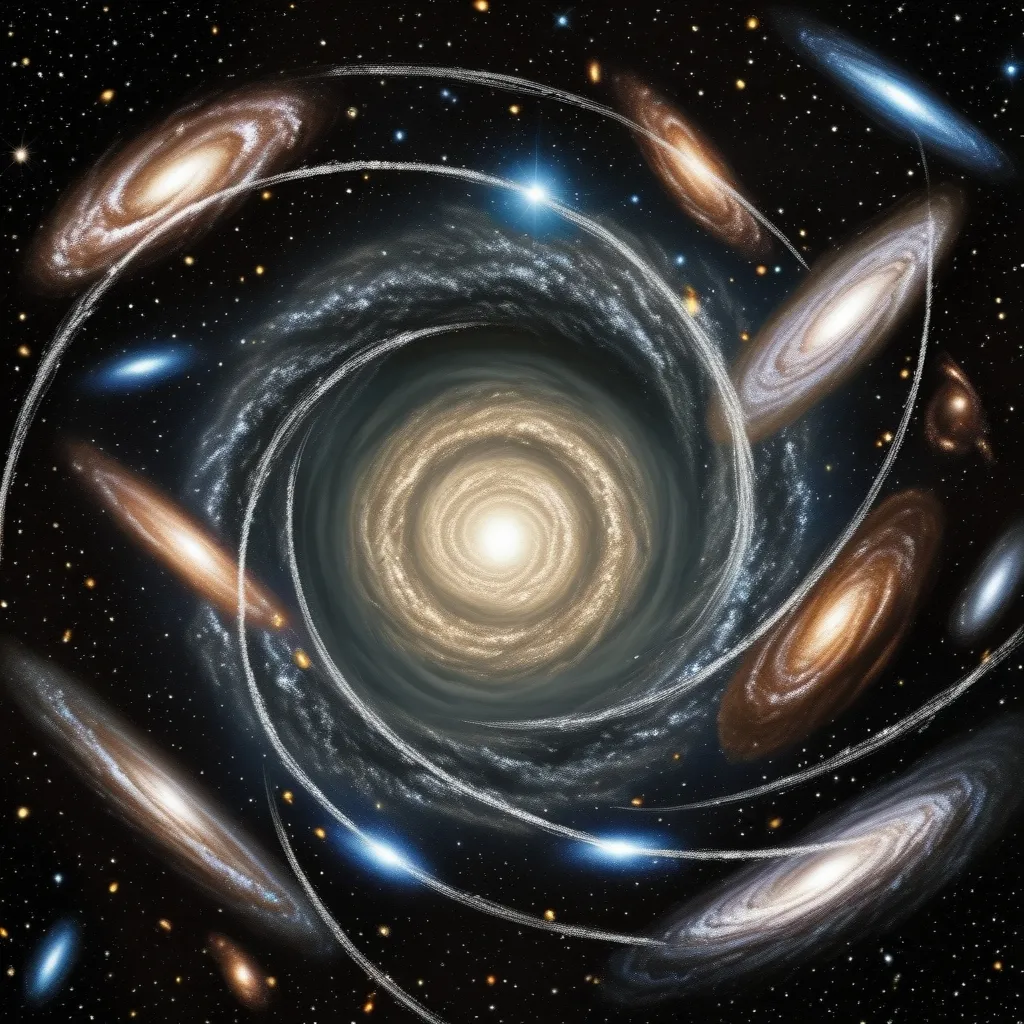Our universe is a wild, violent place, brimming with planets that defy imagination. We’ve come across desolate worlds so hot they could roast anything at thousands of degrees, and frozen ones too cold for life. There are planets bombarded with lethal radiation and even places where rocks rain from the sky. These aren’t just fictional nightmares; there are hundreds of these hellish places out there, each one crazier than the next.
As we search the cosmos for planets like our own, we repeatedly find worlds utterly hostile to life. Is Earth a unique anomaly in the universe, or are there other planets just waiting to be discovered? With billions of galaxies and countless stars out there, we can’t help but wonder if anyone else is sharing this vast space with us.
So far, we’ve discovered over 700 planets beyond our solar system, and none look like Earth. Our solar system seems to be the odd one out, with every other world we’ve found being nightmarishly inhospitable. From planets with superheated surfaces and ferocious winds to those engulfed in never-ending storms, the more we look, the more hellish planets we find.
One such world is a whopping 63 light-years from Earth, larger than Jupiter, with an orbit so tight it’s closer to its star than Mercury is to our Sun. This proximity turns it into a superheated nightmare, whipped by 6,000 mph winds—20 times stronger than anything on Earth. Thanks to NASA’s Spitzer Space Telescope, which sees in infrared, we now have our first weather map of a planet beyond our solar system. This map confirms that monstrous winds rage on this planet, moving the hottest spot away from where it should be.
We’re finding these hellish planets at an astonishing rate—about one a week—each one more bizarre and hostile than the last. For example, a Jupiter-sized gas giant 256 light years away shines thousands of times brighter than Venus, the hottest planet in our solar system. It’s so hot that it glows like a star, reaching temperatures of 3700 degrees. The only way it could get this hot is by being an absolutely black object that absorbs all light from its star.
Another mind-boggling example is WASP-12b, a scorching planet so close to its star that it orbits within just one Earth day. At over 4,000 degrees Fahrenheit, it’s one of the hottest planets known. So close to its star, the planet is literally tearing apart, losing nearly 190 quadrillion tons of gas each year. In 10 million years, it will be gone entirely. These planets, known as “hot Jupiters,” form far from stars and migrate inward, creating chaos and even flinging other planets into interstellar space.
Interestingly, some planets wander the galaxy alone, having been thrown out of their solar systems by these hot Jupiters. These orphan worlds, forever in darkness and cold, may even outnumber the stars in the galaxy.
In our search for Earth-like planets, we’ve also found rocky worlds that have been to hell and back. Take Coro 7b, which is so close to its star that it has one side always facing the star and the other in perpetual darkness. On the day side, temperatures soar to 4700 degrees, turning the atmosphere into vaporized rock that rains back down as pebbles. The night side, meanwhile, plunges into extreme cold, hundreds of degrees below zero. This planet was once a gas giant, but the star’s heat blasted its gases away, leaving a rocky core.
Another terrifying place includes pulsar planets, which orbit dead stars emitting lethal radiation. These planets were the first exoplanets discovered, yet they are absolutely sterile due to the constant bombardment by intense radiation. On the opposite end, there are frozen worlds too far from their stars to ever warm up, like the icy planet in the Scorpius constellation, which is a frigid 370 degrees below zero.
Despite these terrifying discoveries, scientists remain hopeful. With NASA’s Kepler space telescope, we’re now able to pinpoint whether a planet lies within the habitable zone of its star—the perfect distance for liquid water to exist. Although Kepler has spotted over 2,000 potential planets, we’ve yet to find one exactly like Earth. However, the sheer number of planets we’re discovering suggests that Earth-like worlds might not be as rare as we once thought.
For instance, the planet around the star Gleise 581 rekindles hope. It sits right at the edge of its star’s habitable zone and could, in theory, maintain conditions for liquid water, despite its strange red twilight and double Earth gravity.
As our technology continues to improve, the quest for another Earth grows more exciting. With as many as 50 billion planets in our galaxy alone, 500 million of which might sit in the habitable zone, finding a living, breathing world like ours seems increasingly plausible. We just need to keep looking.
The universe, filled with both hellish and potentially heavenly worlds, awaits our discovery. All we have to do now is find them.






